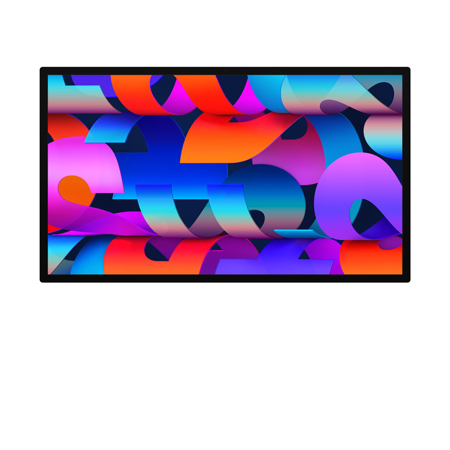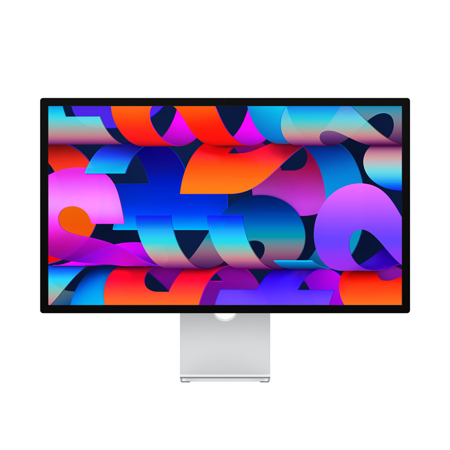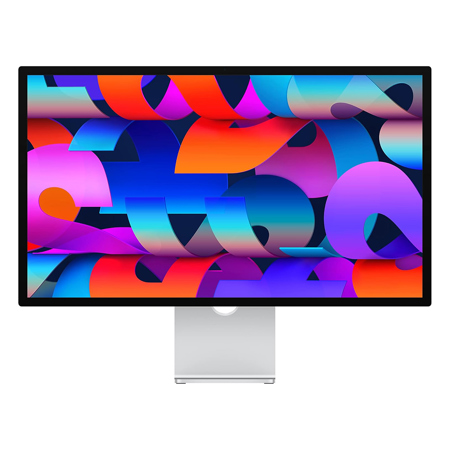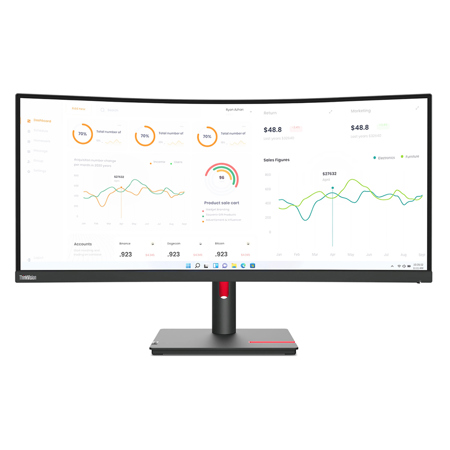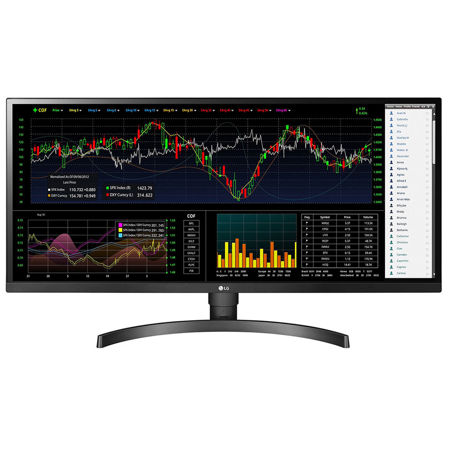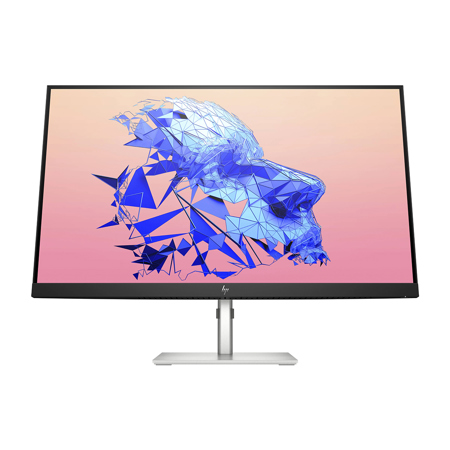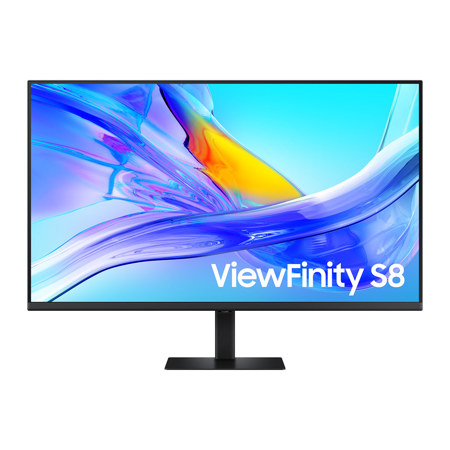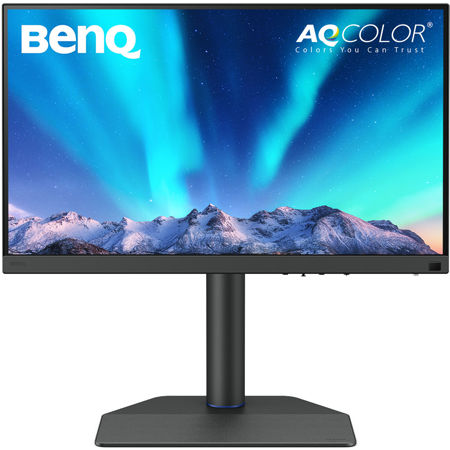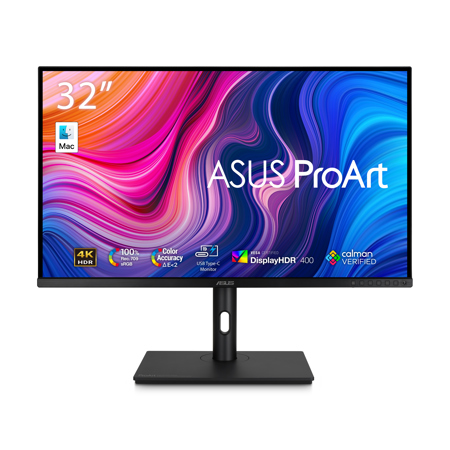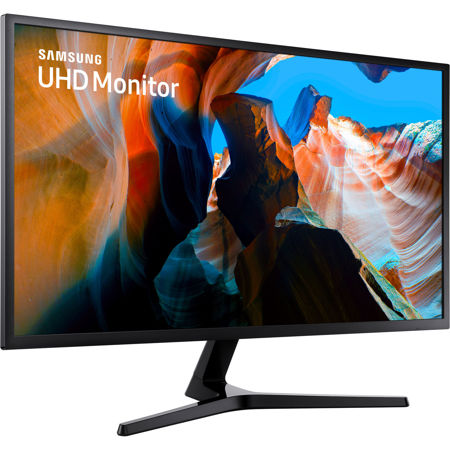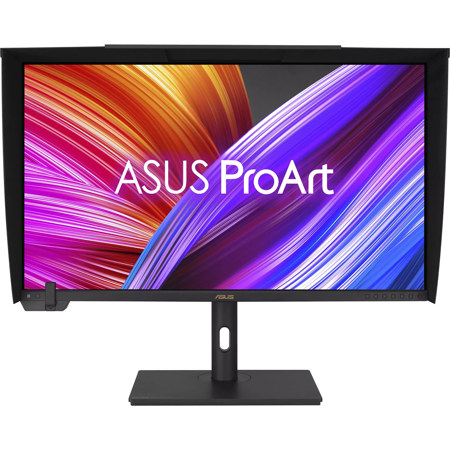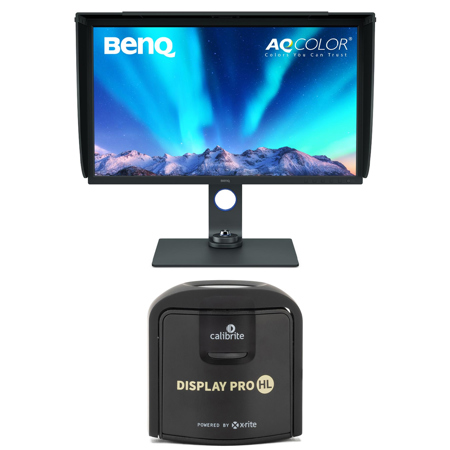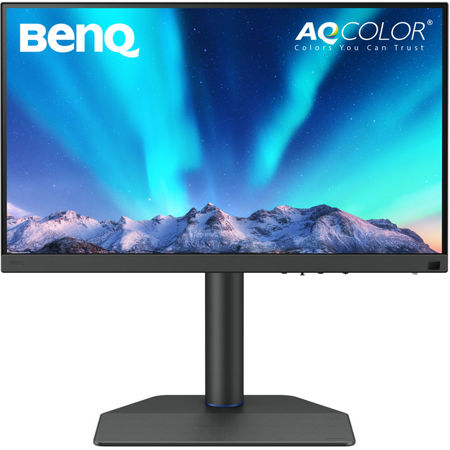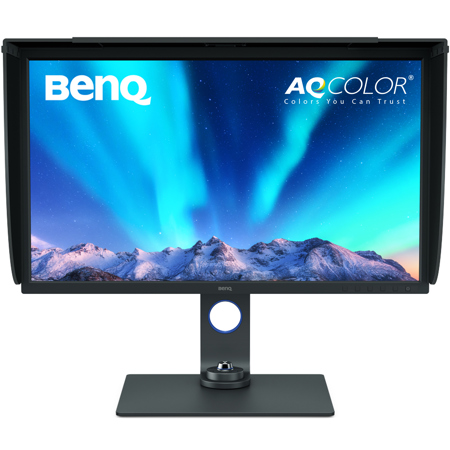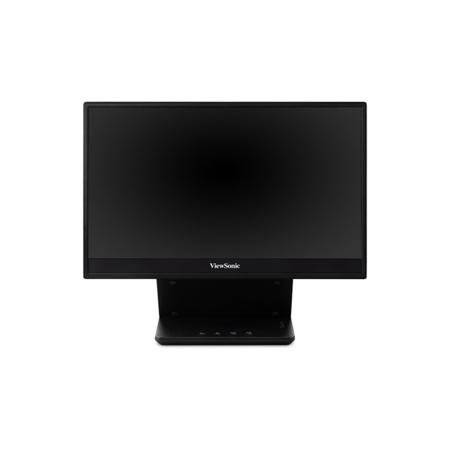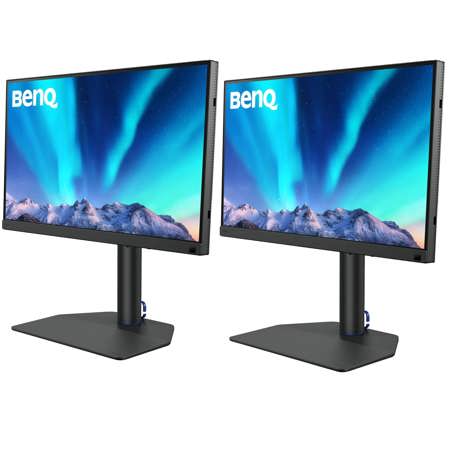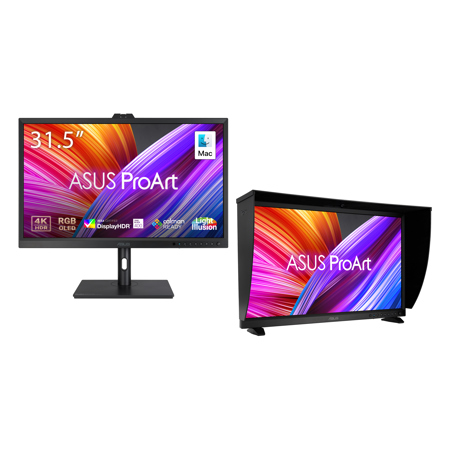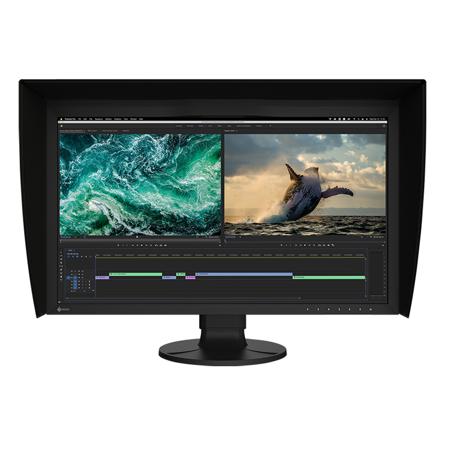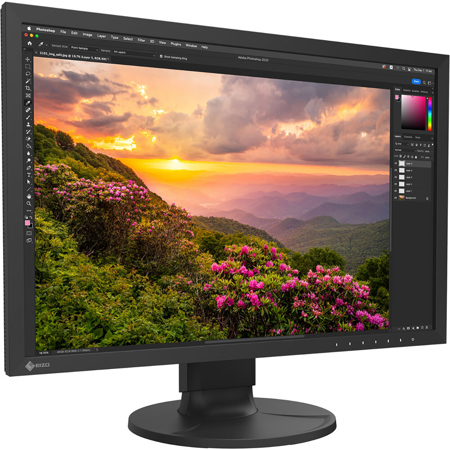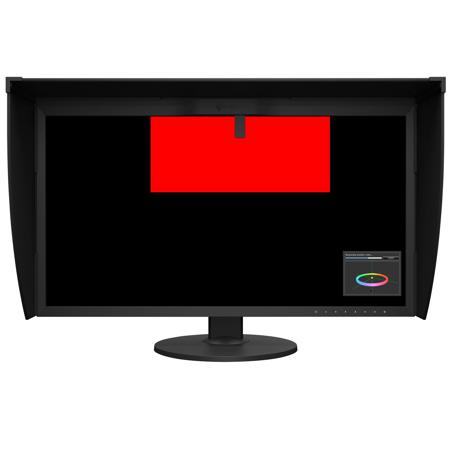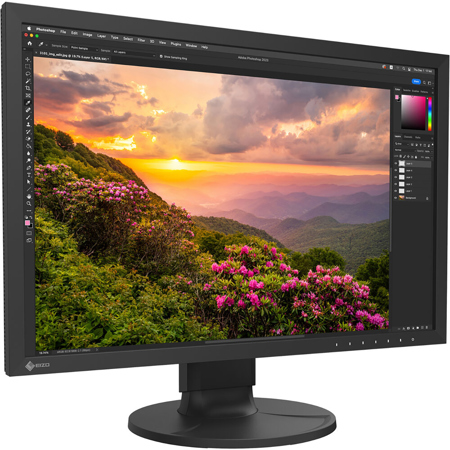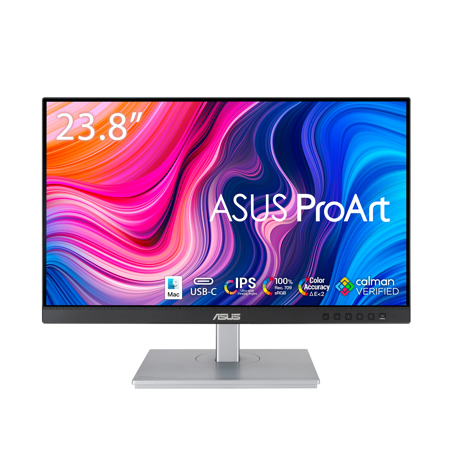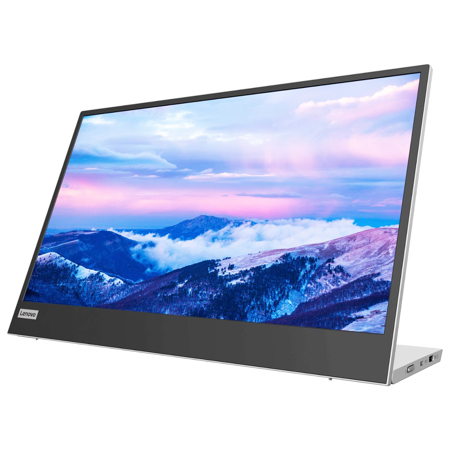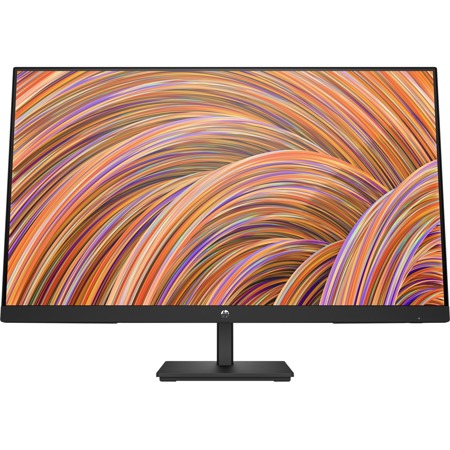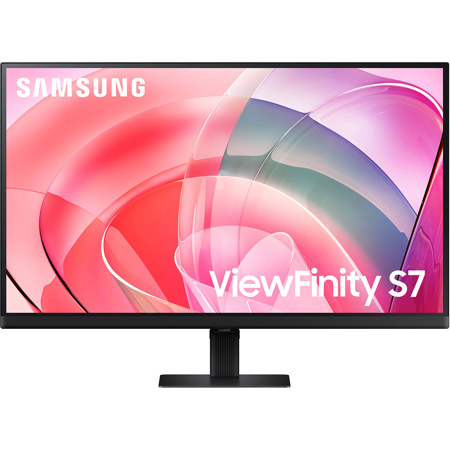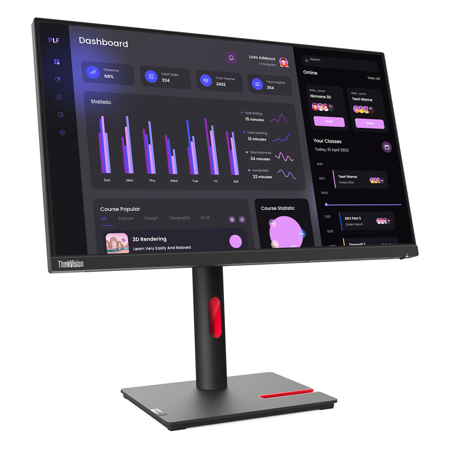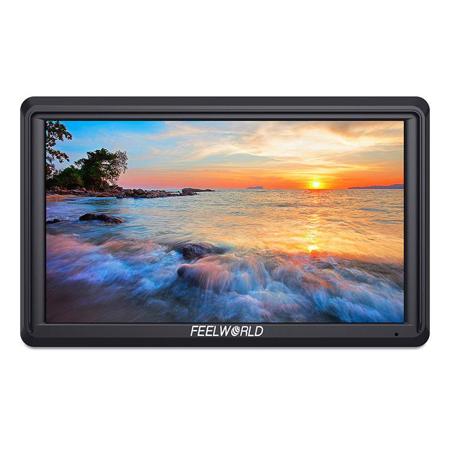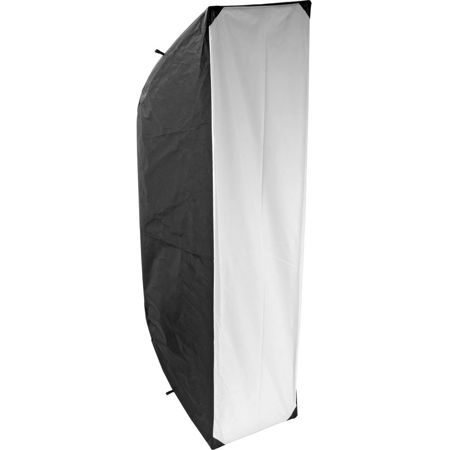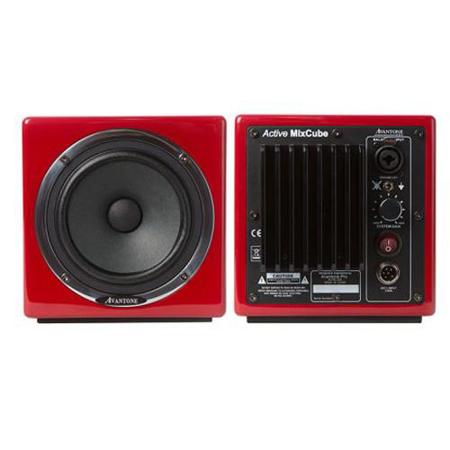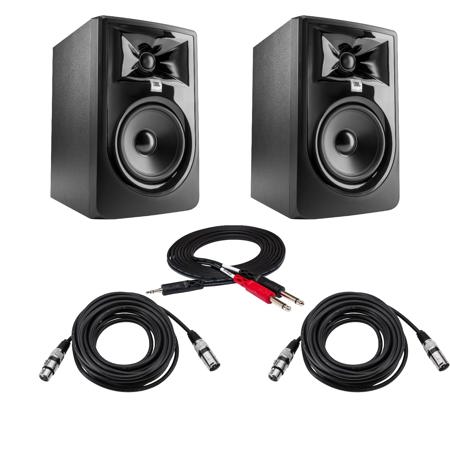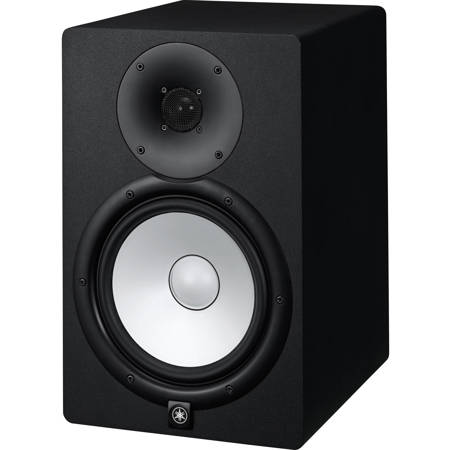Sports Photography Studio Monitors
In the fast-paced world of sports photography, every detail matters—from the moment you capture the action to the final touches in post-production. The right studio monitor is a crucial part of this process, serving as the window through which you evaluate, edit, and perfect your images. Sports photographers demand monitors that deliver exceptional color accuracy, wide color gamut coverage, and high resolution, ensuring that every frame is represented exactly as it was seen through the lens. Whether you're editing the vibrant greens of a soccer field, the subtle skin tones of athletes in motion, or the deep blues of a nighttime stadium, a high-quality monitor allows you to see the full dynamic range and detail in your shots. Monitors with 4K resolution and HDR support are especially valued, as they reveal the fine textures of uniforms, the crispness of fast-moving balls, and the subtle changes in lighting that define the drama of live sports. These features are not just luxuries—they are essential tools for professionals whose work is judged by its accuracy and impact.
For those who spend hours in the editing suite, especially during the fall season when sports calendars are packed and deadlines are tight, comfort and consistency are just as important as technical specifications. A monitor that can be calibrated and maintains color consistency over time ensures that your edits remain true-to-life, whether you’re preparing images for print, digital publication, or large-format displays. Many sports photographers rely on monitors with anti-glare coatings and adjustable stands to reduce eye strain during long editing sessions. If you’re gifting a monitor to an aspiring sports photographer or a seasoned editor, consider features like connectivity options for multiple devices, built-in calibration tools, and robust build quality that stands up to the rigors of daily use. These are thoughtful touches that make a real difference, especially as the days grow shorter and editing sessions stretch into the evening. A reliable, professional-grade monitor is not just a piece of equipment—it’s a trusted companion that helps photographers deliver their best work, season after season.
Choosing the right studio monitor for sports photography is a decision that pays dividends every time you sit down to edit. Whether you’re working on high-stakes assignments, building a portfolio, or sharing your passion for sports through vivid imagery, investing in a monitor designed for photographers will elevate your workflow and final results. For those seeking more guidance on selecting the ideal display, our curated collection of Editing Monitors For Sports Photography offers a range of options tailored to the unique demands of sports shooters. With the right monitor, you can trust that the energy, emotion, and precision of every shot will shine through, ready to captivate audiences and tell the story of the game in all its glory.
For those who spend hours in the editing suite, especially during the fall season when sports calendars are packed and deadlines are tight, comfort and consistency are just as important as technical specifications. A monitor that can be calibrated and maintains color consistency over time ensures that your edits remain true-to-life, whether you’re preparing images for print, digital publication, or large-format displays. Many sports photographers rely on monitors with anti-glare coatings and adjustable stands to reduce eye strain during long editing sessions. If you’re gifting a monitor to an aspiring sports photographer or a seasoned editor, consider features like connectivity options for multiple devices, built-in calibration tools, and robust build quality that stands up to the rigors of daily use. These are thoughtful touches that make a real difference, especially as the days grow shorter and editing sessions stretch into the evening. A reliable, professional-grade monitor is not just a piece of equipment—it’s a trusted companion that helps photographers deliver their best work, season after season.
Choosing the right studio monitor for sports photography is a decision that pays dividends every time you sit down to edit. Whether you’re working on high-stakes assignments, building a portfolio, or sharing your passion for sports through vivid imagery, investing in a monitor designed for photographers will elevate your workflow and final results. For those seeking more guidance on selecting the ideal display, our curated collection of Editing Monitors For Sports Photography offers a range of options tailored to the unique demands of sports shooters. With the right monitor, you can trust that the energy, emotion, and precision of every shot will shine through, ready to captivate audiences and tell the story of the game in all its glory.
